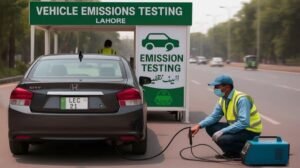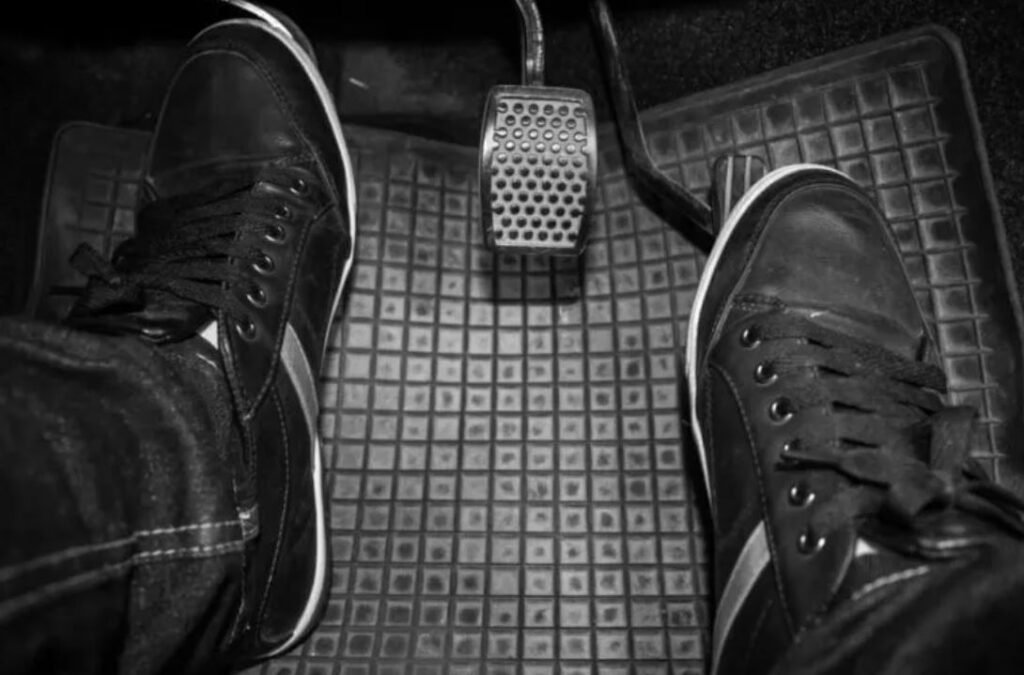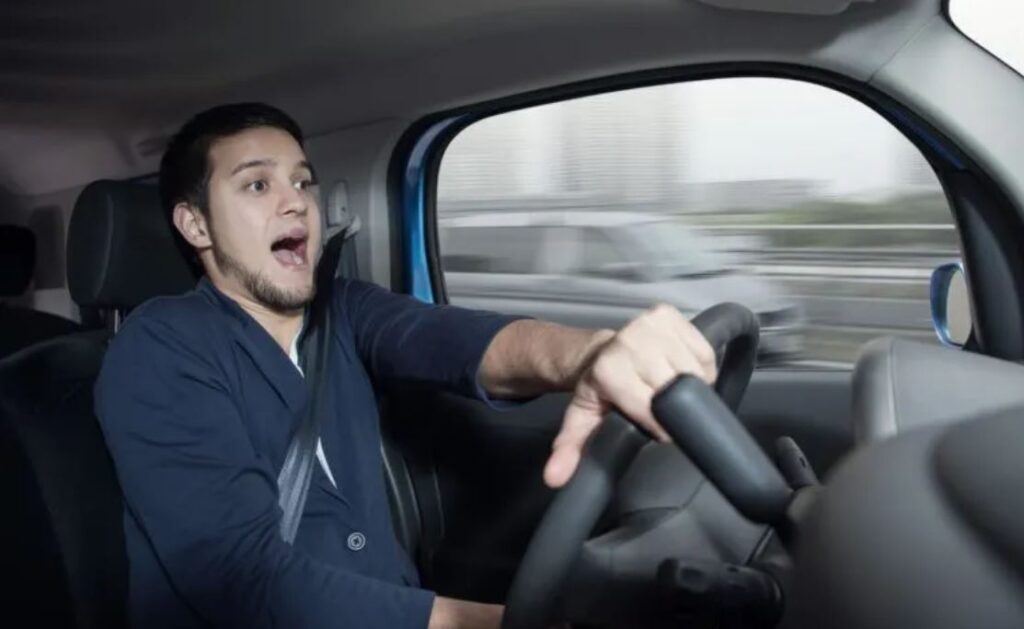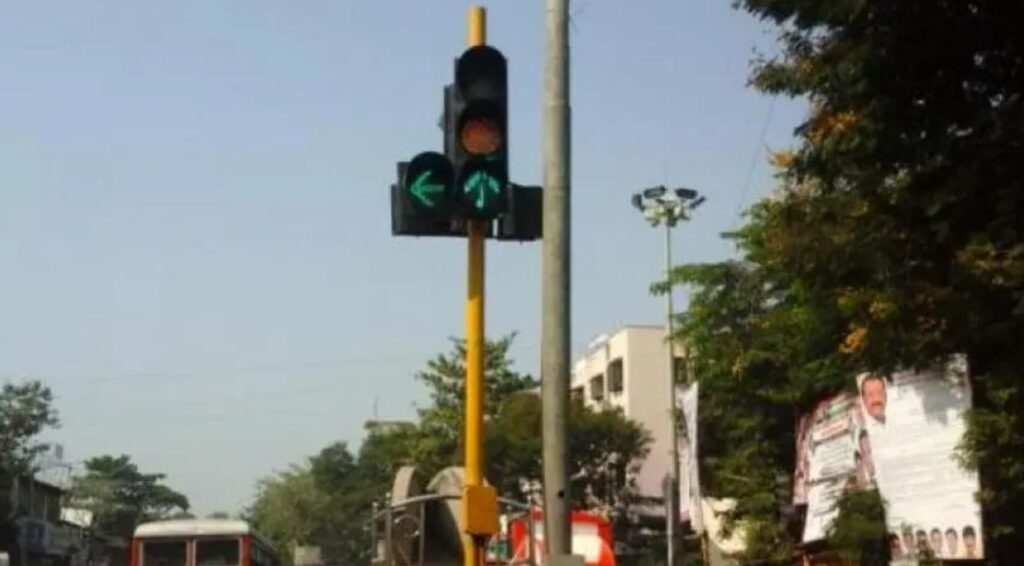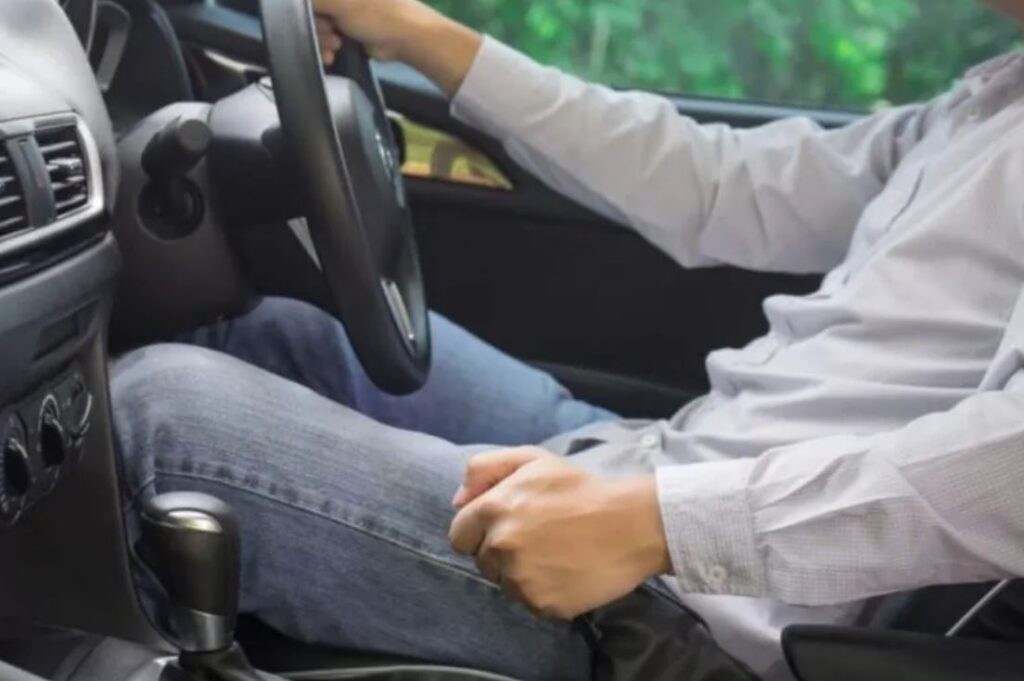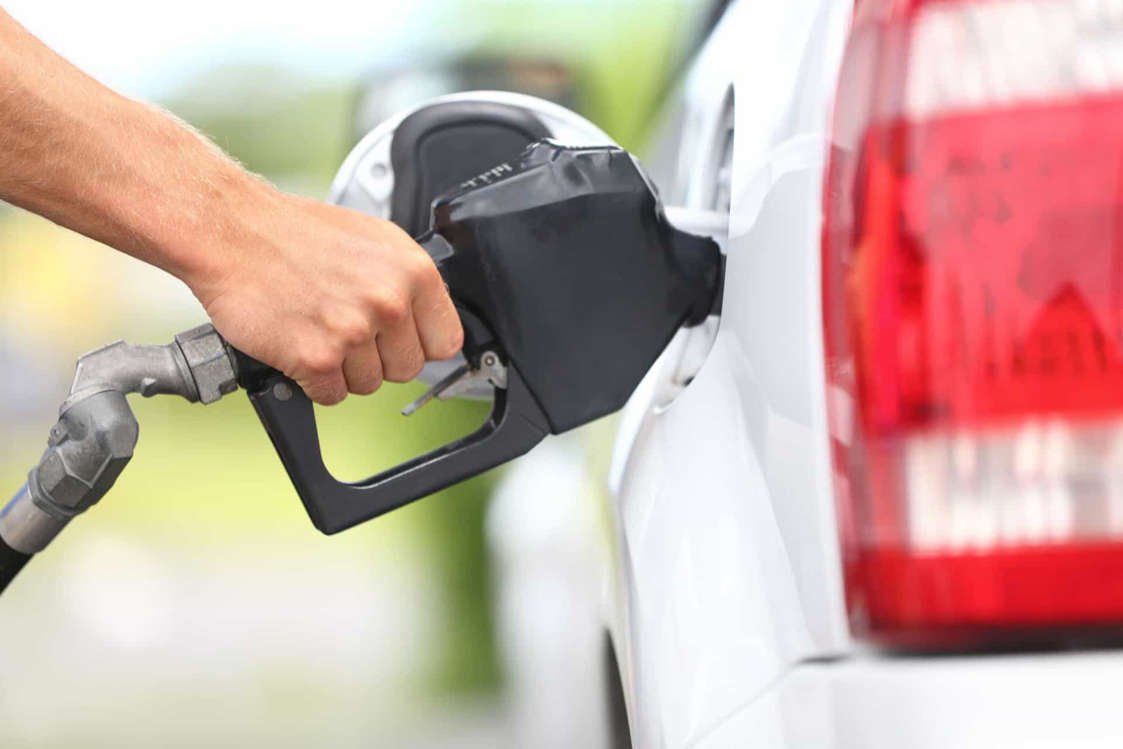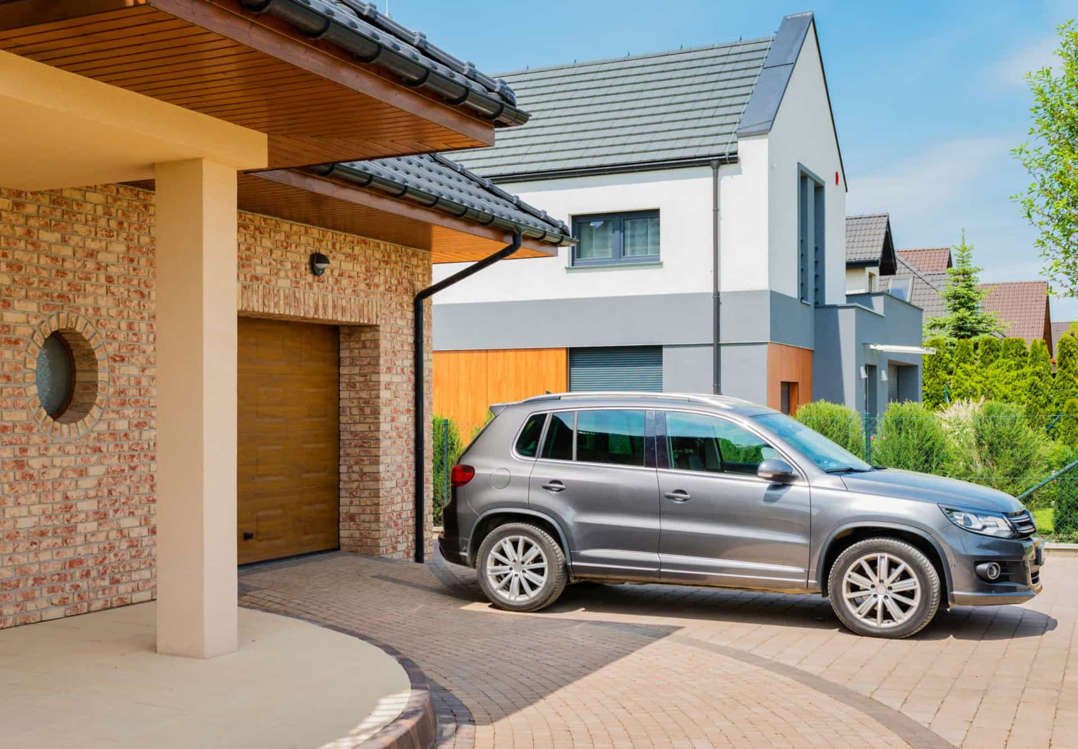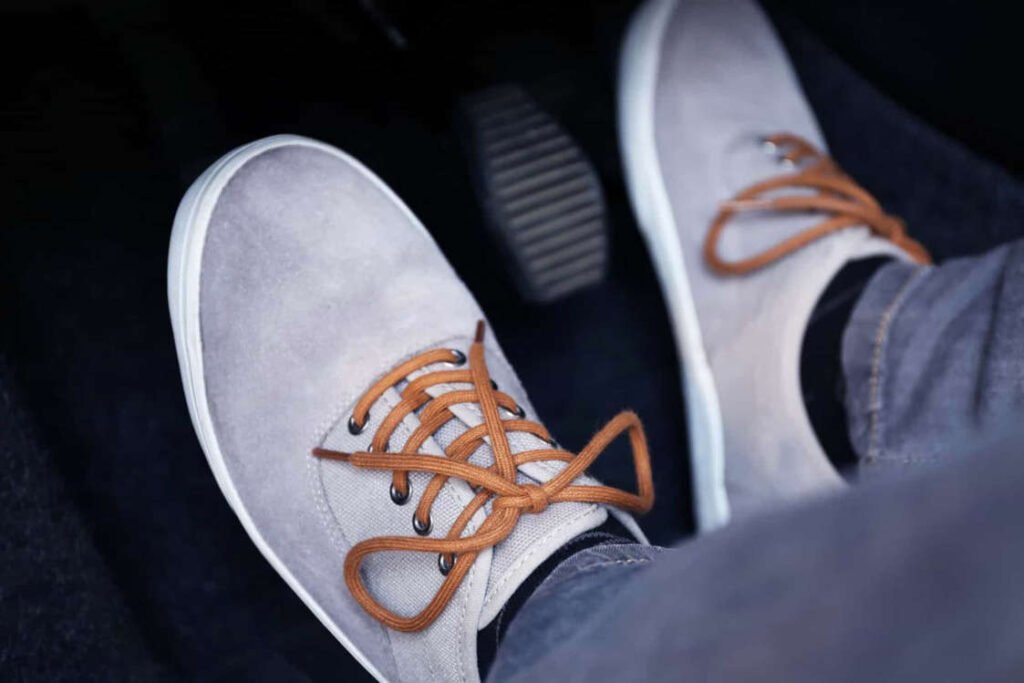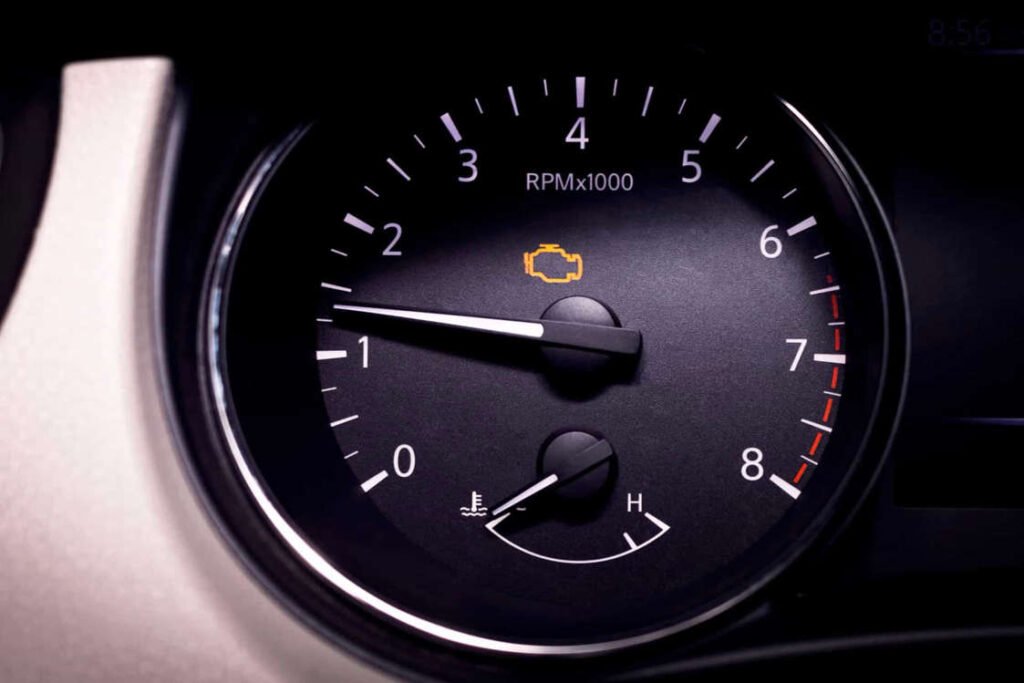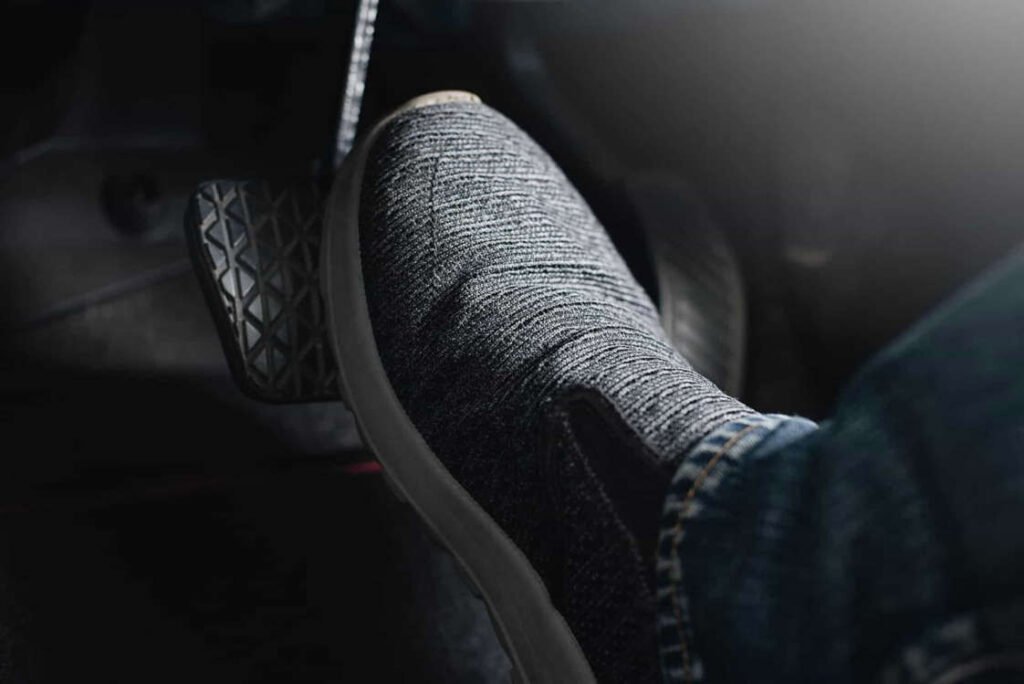Driving Tips for How to Save Petrol
Driving Tips for How to Save Petrol
May 24, 2022 / By Zunair Tahir / Automotive Blogs

How To Save Petrol – The Ultimate Guide
These days, everyone is striving to save money on gasoline. It’s understandable given how quickly gas prices fluctuate. Check out our ideas for fuel-efficient driving and see how much money you can save while doing so.
1. Don’t Be a Lead Foot
The harder you accelerate, the more gas is lost. You can save gas by gently pressing the accelerator pedal. This rule of thumb will help you drive more efficiently.
From a halt, aim to accelerate your vehicle up to 15 miles per hour in roughly five seconds. Use a modest throttle setting and shift between 2000 and 2500 rpm with a manual transmission.
Imagine there’s an egg under the gas pedal to aid you avoid accelerating too quickly. Pretend the gas pedal is pressing down on the egg as you accelerate. This mental trick might help you accelerate safely, saving you gas and money.
2. Keep it Steady for Fuel-Efficient Driving
Have you ever wondered why highway and city driving yield different mileage? When it comes to traditional gas-powered vehicles, highway driving always gets the better mileage rating. Take the Toyota Corolla, for example. Its EPA-estimated MPG for highway travel is higher than for city driving.
The reason for this is because of abrupt changes in speed. On the highway, dips in speed mixed with bursts of quick acceleration can boost your fuel consumption by up to 30%. As a result, abrupt stops and starts might affect fuel efficiency. If you’re not driving in a city, avoid making sudden stops and starts.
If you’re going on a road trip or have a long commute, cruise control can save you money on gas. It saves you money on gas and keeps your car in good running order. Simply adhere to established road signs and turn off cruise control when driving in hazardous conditions.
3. Stay Alert and Keep Proper Distance
Maintain the momentum of your vehicle by planning your actions ahead of time. Keep your eyes on the road ahead of you.
Anticipate pedestrian and other driver movements and maintain a safe distance from the vehicle in front of you.
Counting seconds might help you determine a safe distance. It works like this: when driving, choose an inanimate item such as a road sign, a marker, or something solid that does not move. Start counting as the automobile in front of you passes the object.
Because it was commonly instructed to count 2 seconds, this guideline was dubbed the “2-second rule.” It’s now widely accepted that varied driving conditions result in different count times.
Speed limitations of 35-55 mph necessitate a 3 second separation. Count 4 seconds at 55-75 mph when it’s pouring, the roads are wet, or there’s a lot of traffic. Count 7-8 seconds for a safer journey on snowy or icy roads.
This counting method can assist you in maintaining a healthy distance and improving your gas mileage.
4. Don’t Slam on the Brakes
If city traffic’s stop-and-go slows you down, abrupt stops can do the same. In normal driving situations, coasting toward a stop sign or red light is preferable to slamming on the brakes. This saves both time and money.
It is not only a more efficient driving practice, but it also reduces tyre and brake wear. This allows you to save money on maintenance and repairs.
5. Check Your Tire Pressure
In addition to these fuel-saving driving strategies, make sure your tyres are properly inflated. When you notice the tyre pressure warning light*, check the pressure frequently and fill them up.
Check inside the driver’s side door if you’re unclear how much air your tyres require. Many modern automobiles feature a placard on the dashboard that indicates the proper PSI for your vehicle. “How about the information printed on the tyre?” That is an excellent question!
Tire manufacturers prefer to include valuable information on their tyres, such as the maximum PSI they can handle. It’s vital to emphasize, however, that you should never go above that limit.
This is due to a number of factors. The first is related to normal wear and tear. The tread portion of your tyres will round out if you over-inflate them. As a result, the middle tread wears down sooner. You might be decreasing the life of your tyres in half on average.
The second reason is that traction has been lost. The more you pump your tyres, the more likely they are to lose touch with the road. This might cause you to spin out or possibly crash. This is especially true in the winter when the roads are icy.
The third cause is related to your vehicle. You’ll feel every bump and dip when driving on over-inflated tyres. What was once a pleasant trip has become rough.
6. Be More Fuel Efficient with Less Cargo
Have you ever returned after a road trip only to discover that your automobile performed better the following time you drove it? It may have seemed clogged and sluggish during the journey. Perhaps it felt light and athletic on the walk to the shop the next day. This is for a very excellent reason.
Fuel economy suffers when there is excess load. It’s preferable to leave that additional weight out of the automobile until you really need it. When you come home, unpack the car and leave only what you need for your next trip.
7. Reduce Heater Use in Winter
Heaters and air conditioners are designed to keep you comfortable in your automobile. It’s why many automobiles offer air conditioning, heating, and seat warmers.
However, relying on climate controls reduces gas efficiency. Try parking in a warm area like a garage to conserve gas in the winter. This keeps you warm in the winter and saves you money on gas.
Another thing you may do is avoid driving an idle car for too long with the heating on. Turn on the heat shortly before getting inside your car or while it is running. This reduces the time it takes to warm up and saves petrol.
READ MORE NEWS…
2022 CARS (13) 2022 News (22) 2022 Tech News (13) 2024 Car Price In Pakistan (16) apple (27) Apple Inc (15) Automotive Blogs (14) Automotive News (232) Automotive News Pakistan (20) Auto News (152) Auto Sector (12) Blogs (11) car news (26) Car Prices (12) cars (46) cars of pakistan (47) Cricket (12) electric cars (13) entertainment news (15) F1 (23) F1 News (11) Formula 1 (12) Honda (13) Hyundai (12) Imran Khan (19) Imran Khan News (18) mg (16) MG Pakistan (19) new cars (34) news (384) news pakistan (16) News Update (22) pakistan automotive news (11) Pakistan Government (42) Pakistan News (81) PCB (23) proton (13) proton pakistan (15) PTI (22) Sports News (45) suzuki (18) Suzuki Pakistan (11) Tech News (72) Toyota (16) World News (15)












